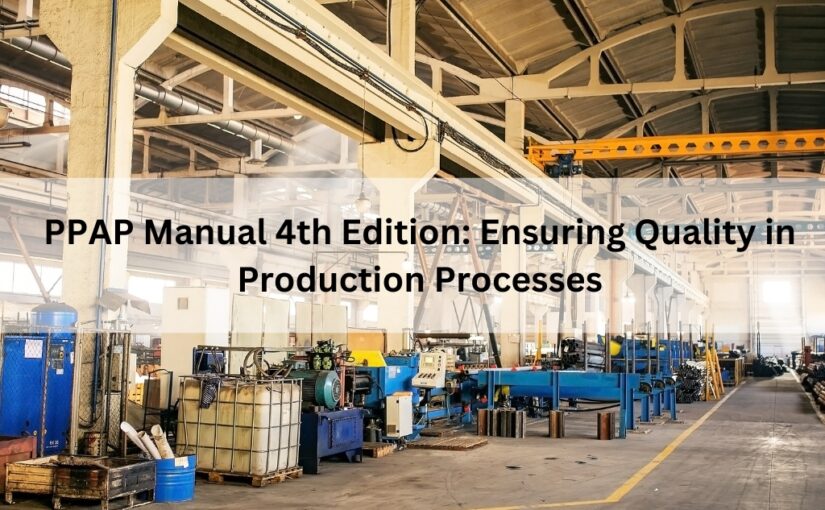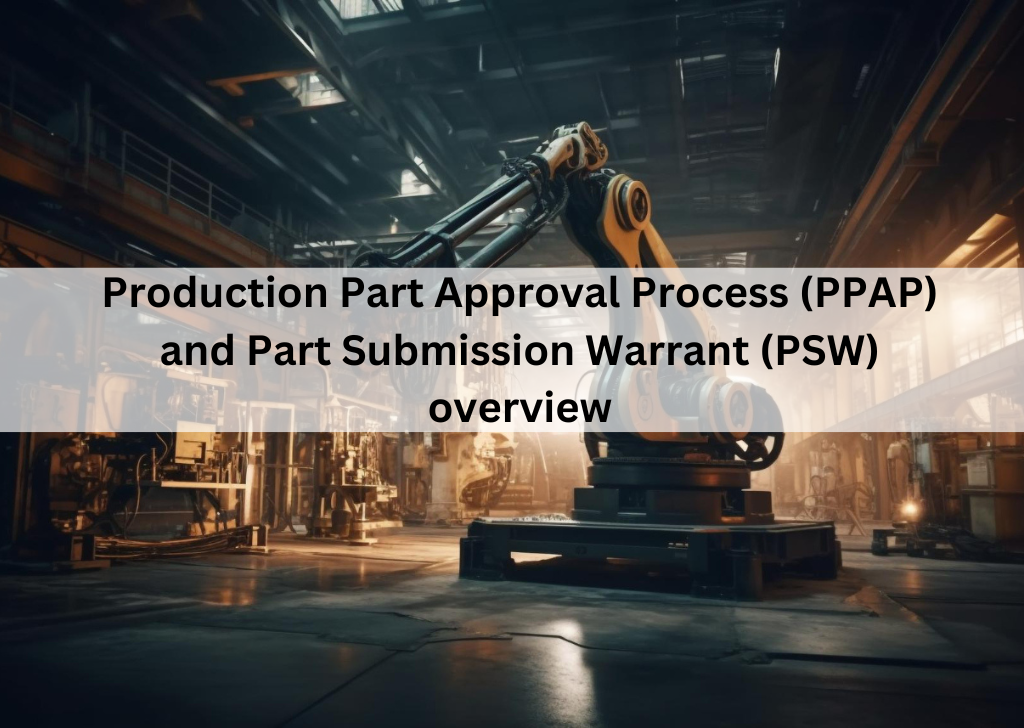Taking the Right Course in VHDL Design
For PCB layout engineers, understanding VHDL is the first step towards VLSI, ASIC and FPGA design. There are now a number of industry-standard VHDL design courses to help engineers become acquainted with this exciting and fast-moving area.
Hardware design engineers are increasingly expected to have knowledge of Field Programmable Gate Array (FPGA) programming in their repertoire. A short module in VHDL for FPGA design will provide practical guidance in VHDL coding-to-hardware flow. More advanced VHDL design courses build on this, preparing ASIC design engineers for powerful, complex, and hierarchical projects. It also covers areas like re-use and upgrading, as one of the most useful aspects of this kind of programming is its re-programmability.
When considering a VHDL design course, you should ensure that at least 50% of the time is given to practical workshops. Groups are often of mixed ability, so tutors should ensure that newcomers to the field have a full grasp of VHDL language concepts before moving on to more advanced modules. The course should cover:
- Constructs and concepts essential to ASIC/ VLSI design
- Writing VHDL code for RTL (Register Transfer Level, or logic) synthesis
- Simple VHDL design test benches
- Targeting VHDL code to FPGA design architecture
By the end of the course you should be familiar with the entire VHDL tool flow, from simulation and synthesis to final place-and-route of electronic components on the printed circuit board, and have scripts to take away and use on your own projects.
Alternatively, you might just like to turn your VHDL design work over to us at Enventure Technologies. Our engineers are highly qualified and experienced in all aspects of hardware design.










